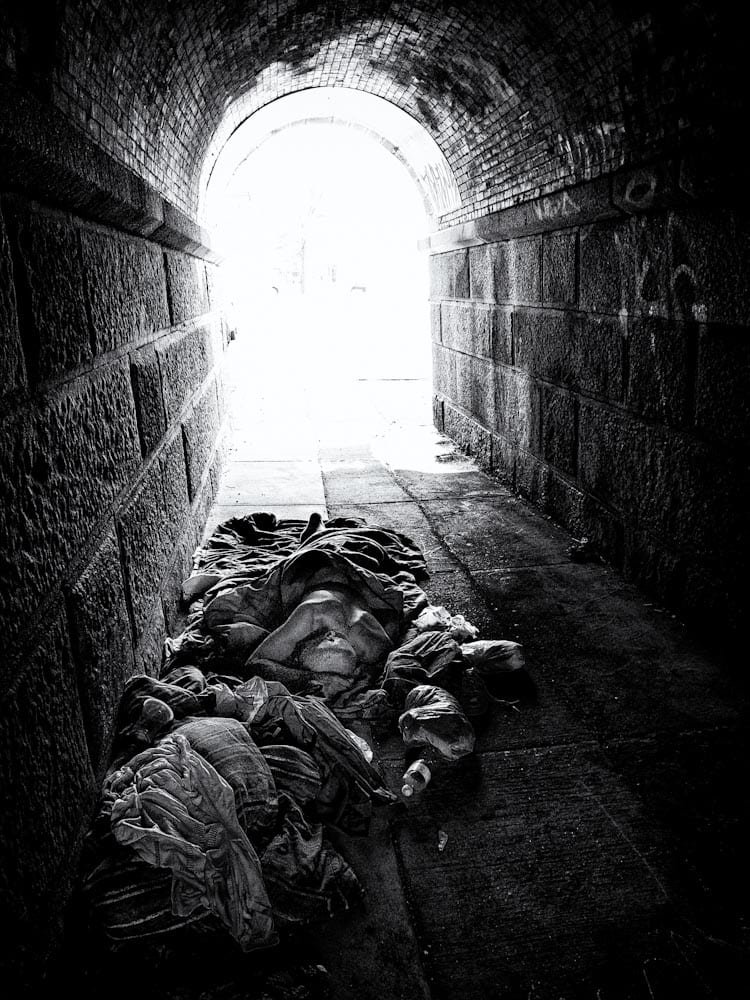This is not a review but an ongoing journey with this camera at my side. I’m not interested in comparing this to the GRD3 or anything else. What I am interested in, is the way the GRD4 works with my vision.
There is a new found sense of freedom for me. I’m not saying that the GXR doesn’t set me free, I’m simply stating that the GRD4 fits in my pocket. Doing that creates a sense of freedom because it’s always there and at the ready. What that means is….the camera remembers the last settings before being powered off or going to sleep. I can’t do that!
We all know that Ricoh has the finest most intelligent User Interface of any camera. So as shooters, we now have a camera that won’t intrude on the process of making images. I have a white camera because I look more like a tourist then with a black one. I find that getting close is easier then before because the white camera has a very innocent look to it. Besides that I just wanted the white version because it was more sexi. Ok, hey….hey….it’s a sexi litte thing dammit!

I’m pretty close to this guy and he didn’t wake as I moved thru his space. Of course that’s not in the Ricoh Firmware, the silent approach, but it is important because I didn’t have to look at my camera at all to make the photo. I can change anything on the GRD4 without looking at the screen. It’s a great interface.
I use snap focus most times. If I’m at f5.6, I’m good for about 1.6′ to infinity. I use M mode because I can set the camera to Auto ISO Hi 1600 and then…. I can do something like this… 1/125 f5.6. The camera will set the ISO to get proper exposure and that lets me choose the f stop and the shutter speed. This is a dream setup. I’ll usually maintain f8 or f5.6 to hold my Hyper Focal distance and I choose a shutter speed so that I won’t get too much blur unless I want it.
The macro mode is very useful and just requires a simple press on the dial. The lens is corrected beautifully and of course is a GR lens.
 This is macro mode. The lens was very close to the flower. LIke really close. I handheld the camera and it’s ok.
This is macro mode. The lens was very close to the flower. LIke really close. I handheld the camera and it’s ok.
The point is that, I saw this image in my head. It was of course the flower giving me the energy but it all came together very easy and the camera just did what it was supposed to do. 5 seconds later I made a photo of my cat Barsik about 20′ away. Just a click and that was all that was required.
Some call this camera a P&S. I guess for photography buffs as we called them in the 60’s and 70’s, it is. For shooters, it’s about as serious a camera as one would ever need.


